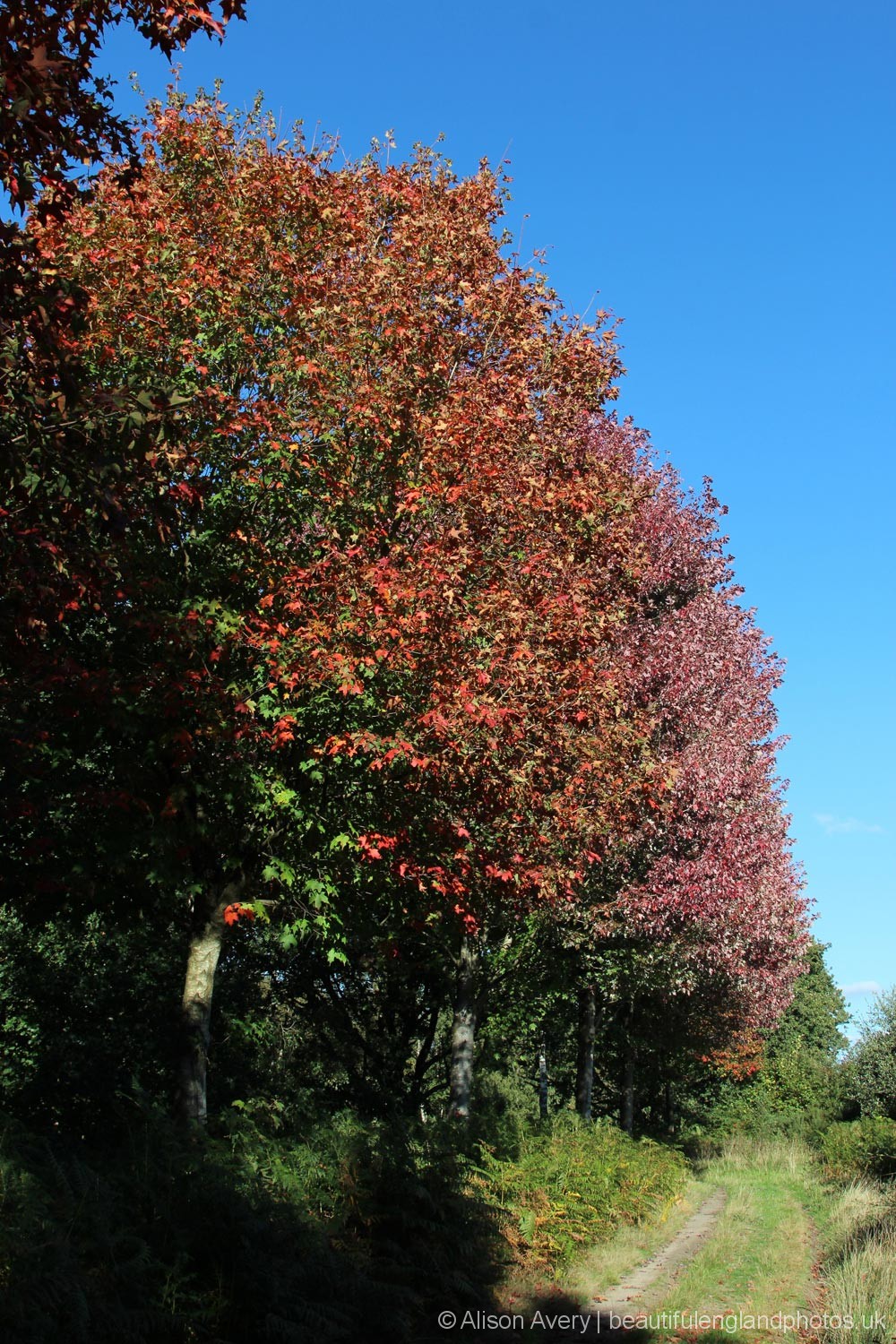

However, the exact reason(s) some maples produce huge numbers of seeds one year and few the next has been the subject of much speculation. Heavy maple seed production is a natural event securing the survival of the species as demonstrated by hordes of maple seedlings eventually appearing in landscapes, vegetable gardens, and gutters. Thus, red and silver maples are most notorious for appearing sickly in the spring. Sugar maples also produce samaras in the spring, but they are not shed until the fall. Red and silver maples produce and shed samaras in the spring. However, this effect is also related to the maple tree species with hybrids muddying up the waters. The trees can look even more sickly when massive numbers of seeds drop from the trees before the leaves expand.

Of course, the chronology can become mixed owing to the mixed genes found in hybrids.

Thus, red, and silver maples are the first to appear sickly during the transition from samaras to leaves followed by sugar maples. rubrum) are the first to bloom closely followed by silver maples ( A. The timing for seed production varies widely between the dominant maple species in Ohio. Thus, abundant springtime samaras by themselves can draw attention to maple trees before they are concealed by fully expanded leavesĮxactly when this occurs depends on the maple species. The leaves take time to fully expand which masks the winged seeds after the samaras mature. It’s common for maples to shift energy to support heavy seed production at the expense of leaf development and expansion. It’s more likely the common condition of thin maple canopies is a condition common to maples. However, it’s unlikely one or more of these tree health issues have become so common across Ohio they are producing a widespread maple malaise throughout the state this spring. Of course, sometimes a thinning tree canopy is a symptom of a serious tree health issue such as poor site conditions, stem-girdling roots, vascular wilt diseases, etc. Consequently, the thin canopies can cause landowners to ask, “ what’s wrong with my maple trees?” This can temporarily cause maples to have stunted leaves or no leaves, particularly towards the top of seedy trees. BYGLers located throughout Ohio are reporting heavy maple seed (samara) production.


 0 kommentar(er)
0 kommentar(er)
